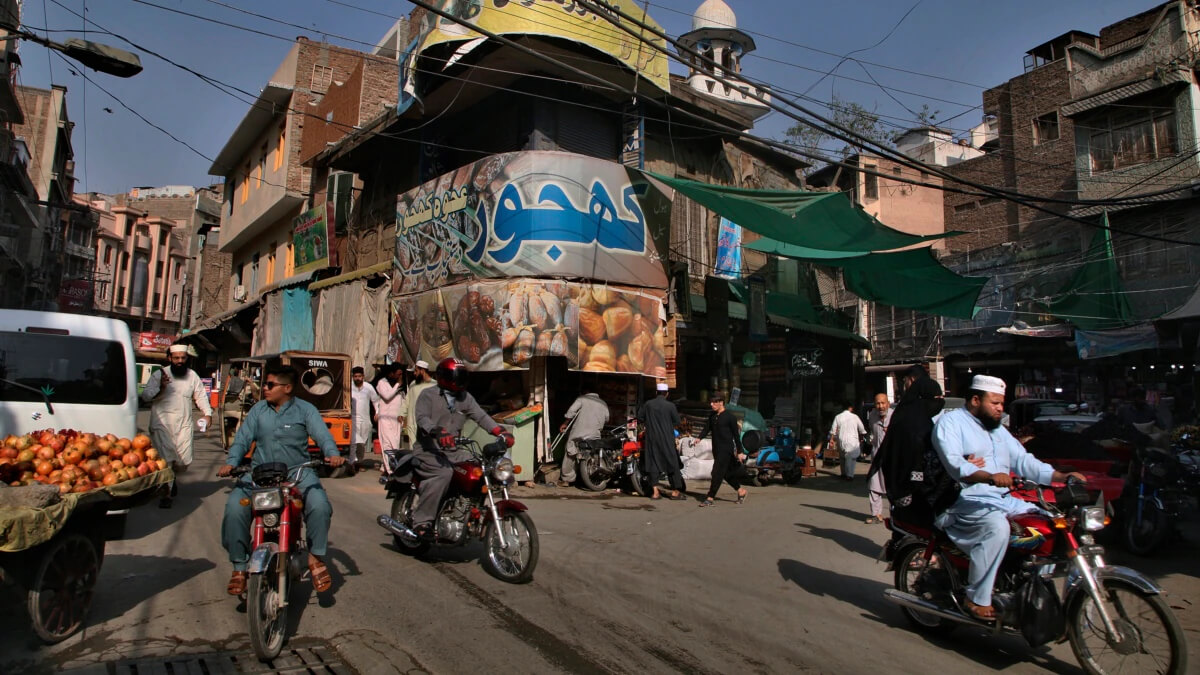Pakistani Defence Minister Khwaja Asif announced on Tuesday that the cabinet had approved the National Energy Efficiency and Conservation Plan, which aims to reduce power consumption and control the energy sector’s circular debt.
Under these measures, markets and wedding halls across the country have been asked to close by 8:30 p.m. and 10 p.m. respectively, effective immediately. Asif said that the plan aims to change the “overall lifestyle and habit” of the country and save $265 million each year.
To reduce its expenditure on oil, which stands at $3 billion yearly, the government will seek to bring down the price of electric motorcycles.
The federal cabinet has immediately approved the Energy Conservation Plan's enforcement. pic.twitter.com/RVxhjaiYyE
— PML(N) (@pmln_org) January 3, 2023
The defence minister said the government would halt the production of inefficient fans that use 120 to 130 watts of electricity by January, and instead replace them with those using 60 to 80 watts. The government will also increase the import duty on inefficient fans.
From February, the government will bar the manufacture of incandescent bulbs and impose additional taxes on imported ones, saving around $97 million yearly. The Pakistani minister further said that the government would mandate the use of the more energy-efficient conical geysers and use street lights alternatively, which will save $407 million and $17,700 each year, respectively.
Asif announced that government offices and buildings would further seek to reduce energy consumption by 30%, urging courts and housing societies to do the same.
PROVINCES, TRADERS REJECT DECISION
The All Pakistan Anjuman-i-Tajiran chief Ajmal Baloch announced that shops and restaurants would remain open till 10 p.m. and 11 p.m. respectively, as the energy conservation measure could severely impact the economy. Instead, he suggested that the authorities should direct government offices and officials to conserve energy by limiting the use of air conditioners, heaters, and their overall oil and energy consumption.
The groups’ Sindh division’s chair Muhammad Ismail Lalpuria further criticised the decision as “one-sided and unacceptable,” highlighting that 70% of government revenues come from Karachi. He added that the provincial government had the power to decide on trade timings.
Similarly, All Karachi Tajir Ittehad Chair Atiq Mir emphasised that the decision to shut markets would impact poor traders and citizens, while the “elite” would retain access to all amenities.
Every #dollar saved is worth a dollar earned. #Energy conservation measures announced today were most needed to save our scarce #forex reserves in the short run and reduce our #carbon footprints in the medium to long term. They must be supported wholeheartedly.
— Abid Qaiyum Suleri (@Abidsuleri) January 3, 2023
Other traders’ groups questioned the statistics presented by Asif, saying that the estimated savings did not look realistic. Meanwhile, groups also raised concerns that the decision would result in layoffs and increase unemployment.
The Punjab government, led by the opposition, rejected the government’s measures. Senior minister Mian Aslam Iqbal said that the authorities would discuss the matter with traders before implementing the plan.
Similarly, Khyber Pakhtunkhwa’s government spokesperson, Mohammad Ali Saif, noted that the federal government did not consult the provincial governments during discussions on the ban. He said the province was already looking to conserve energy and curb environmental pollution. However, he added that the government is still considering adopting the energy conservation plan.
PAKISTAN’S ECONOMIC CRUNCH
According to local media reports, the country’s power division said that the circular debt at the end of December stood at $10.8 billion. This was an $818 million increase from the sector’s debt of $9.9 billion from January to September last year.
The situation is worsened by the stalled IMF discussions for a $1.2 billion loan. In addition, Pakistan’s foreign reserves dropped to $11.5 billion in December, which is half the amount it had at the beginning of 2022.
A combination of these factors has put Pakistan at risk of defaulting on foreign debt payments.

